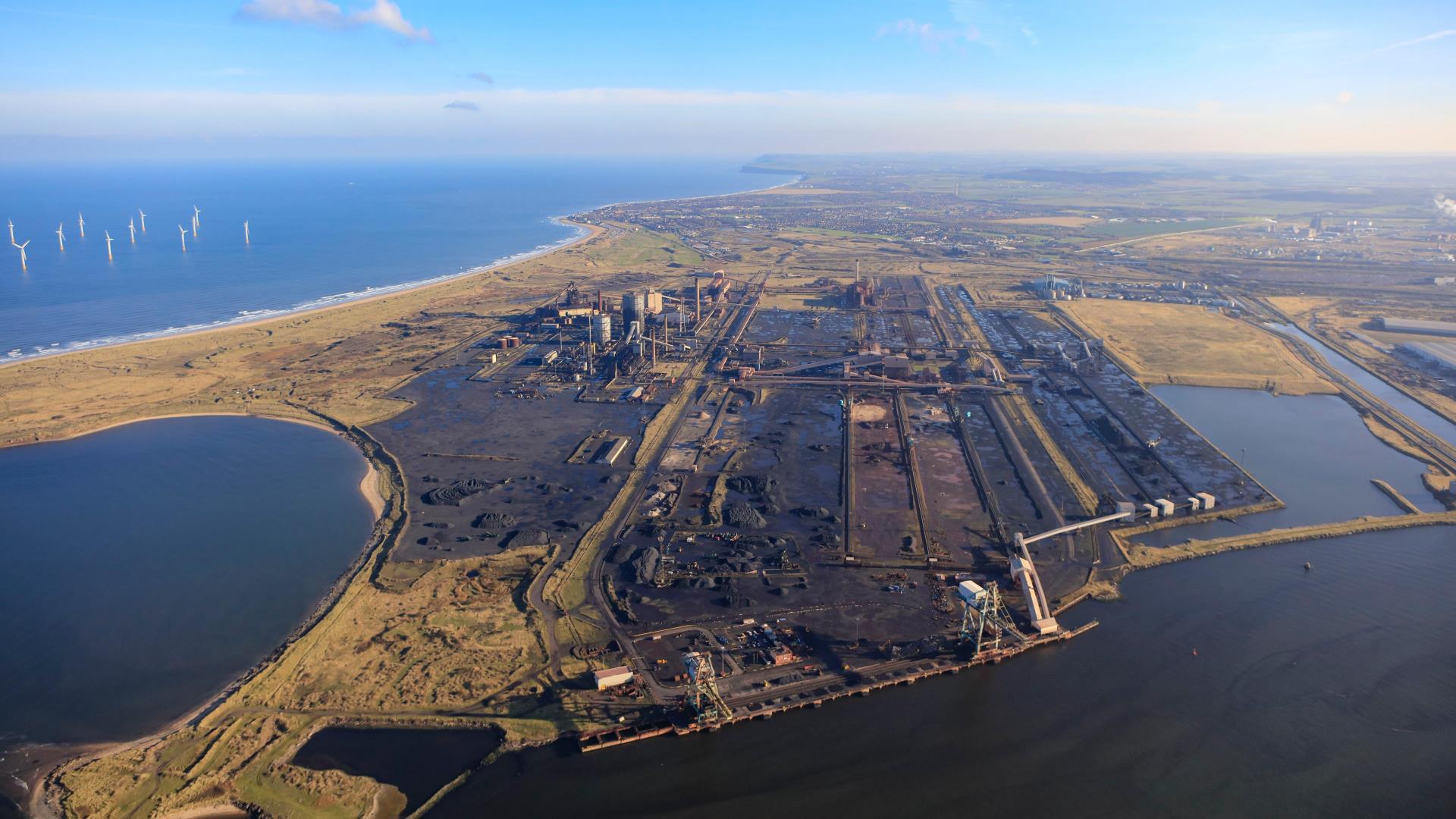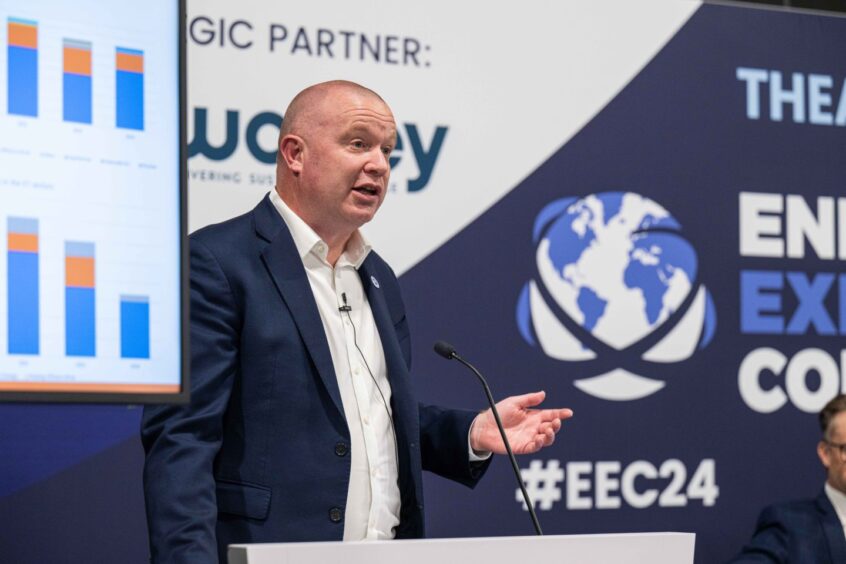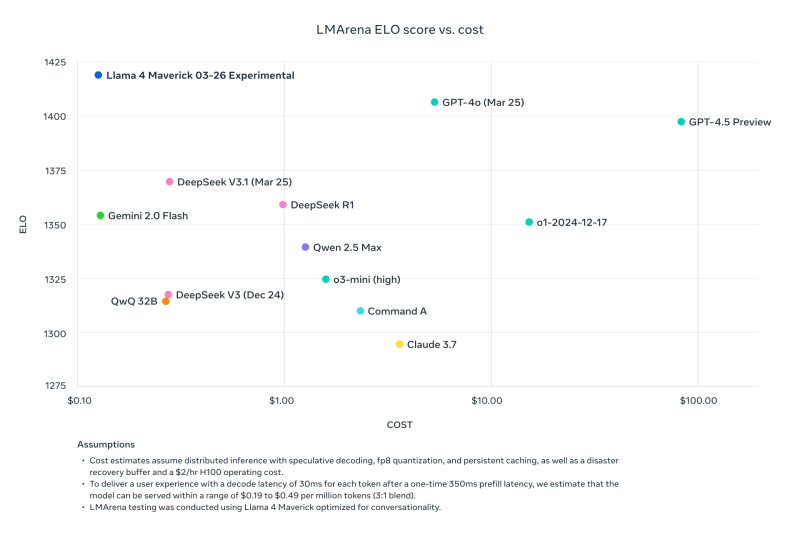
For the final installment of our Executive Roundtable for the First Quarter of 2025, we asked our panel of seasoned industry experts about how the economics of data center development are shifting as rising construction costs, supply chain volatility, and evolving enterprise workloads reshape the industry’s growth trajectory.
Operators are under pressure to deliver capacity at scale while managing higher capital expenditures, extended lead times for critical infrastructure, and increasing complexity in customer requirements. At the same time, demand remains strong, driven by AI workloads, cloud expansion, and heightened enterprise reliance on digital infrastructure. To remain competitive, data center providers must rethink everything from procurement strategies to financing models, balancing long-term investment with the need for speed and flexibility in deployment.
Energy procurement and real estate dynamics are also in flux. As power availability becomes a gating factor in core markets, operators and energy specialists are forging new partnerships to secure sustainable, cost-effective solutions. Meanwhile, the real estate landscape is evolving, with developers looking at creative approaches to land acquisition, modular construction, and even repurposing existing assets.
With construction costs escalating, supply chain disruptions extending project timelines, and enterprise IT requirements shifting toward AI and high-density workloads, data center operators, energy providers, and real estate firms are reevaluating their business models. And so we asked our expert panel: From innovative procurement strategies and new financing approaches to evolving power solutions and creative site selection methods, what adjustments are being made to sustain growth and profitability in 2025? And how are industry leaders balancing cost efficiency, scalability, and customer needs in an increasingly complex and competitive market?




















